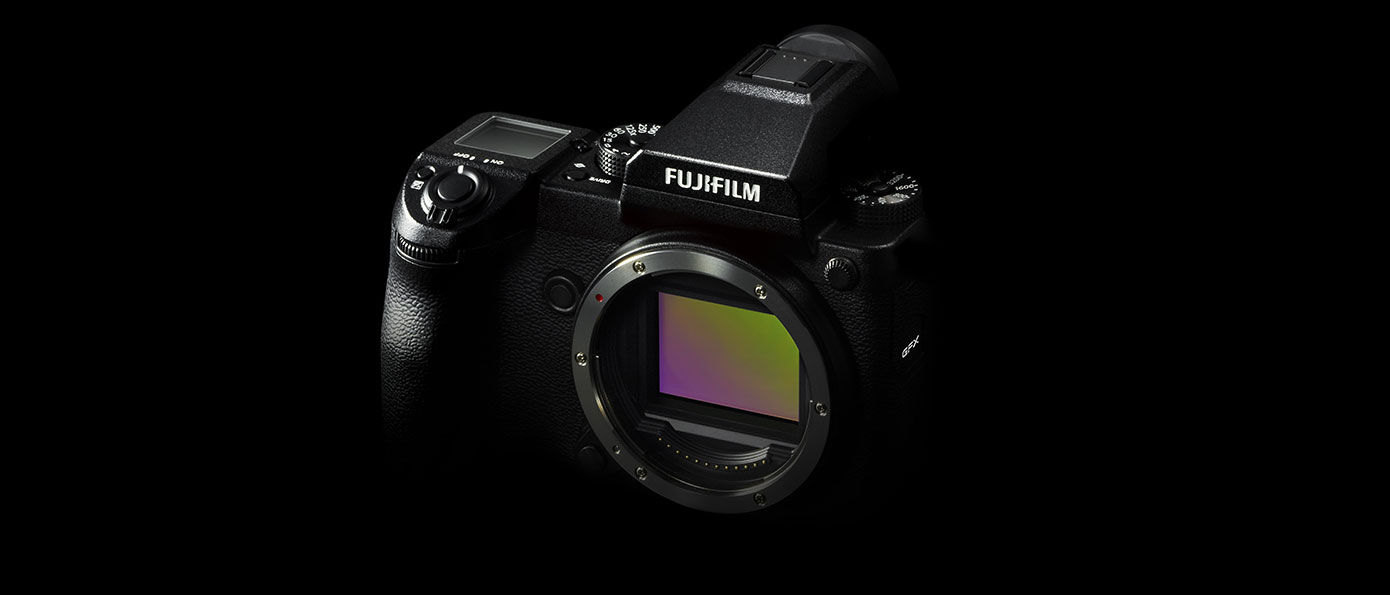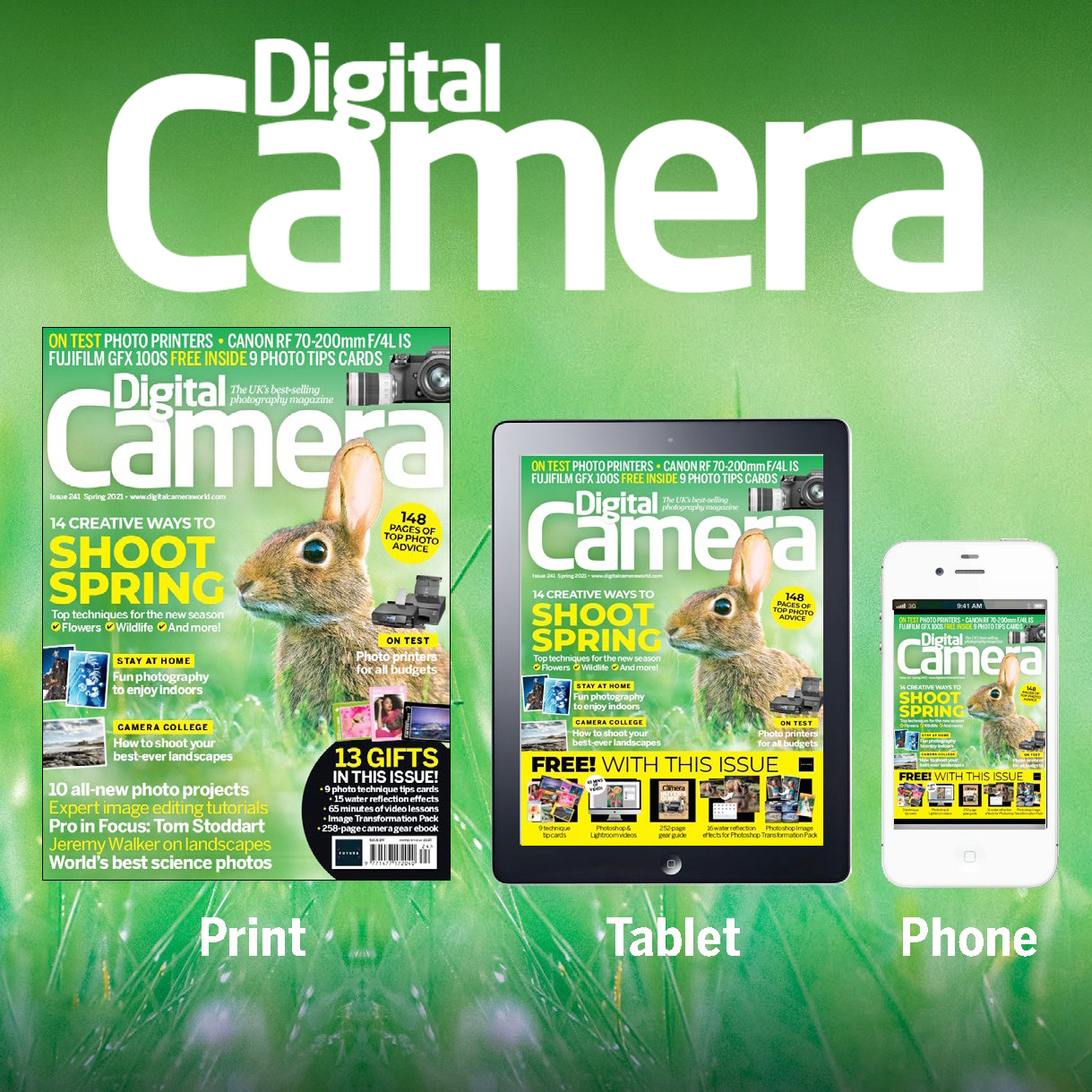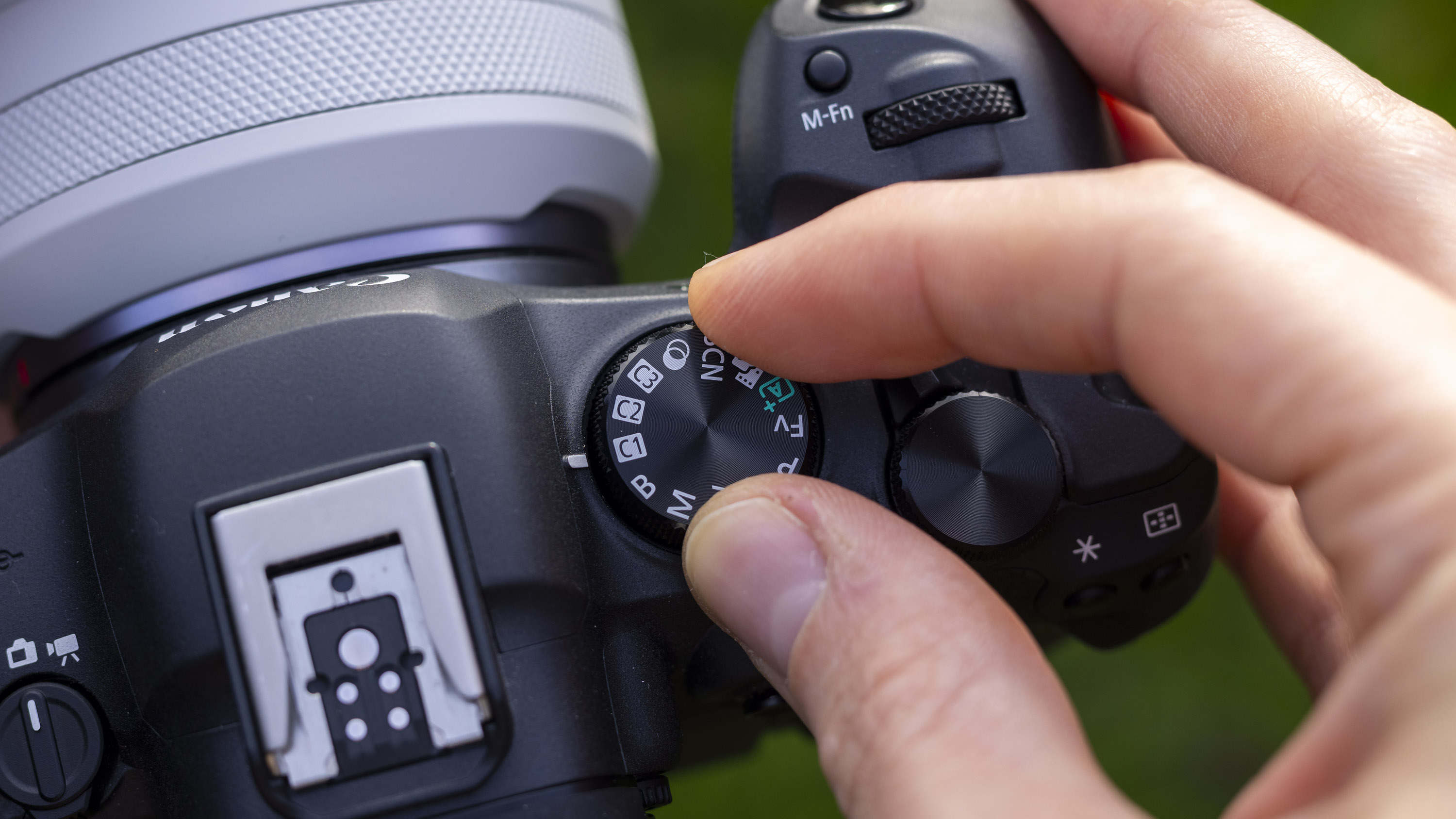Why you can trust Digital Camera World
By full-frame or APS-C standards, the GFX 50S’s operational performance is pretty pedestrian. The contrast AF system is effective and versatile, and covers nearly all of the frame, but it’s not especially fast. That said, the GFX 50S is made for considered photography, and in these situations the AF is fine. It might take a second to adjust to a big change in focus distance, but smaller adjustments are faster.
Image quality, however, quickly makes you forget any of these foibles. The level of detail the GFX 50S captures is simply stunning. Part of this can be attributed to the 50MP resolution, part to the larger sensor size, and part – we suspect – to the G-mount Fujifilm lens we were using.

We’ve seen with cameras like the Nikon D810 and Canon EOS 5DS that high-resolution sensors need the best-quality lenses since they show up any edge softness or fringing mercilessly, but the aforementioned 63mm f/2.8 lens supplied with our camera showed none of these. It was sharp and clean to an almost uncanny degree.
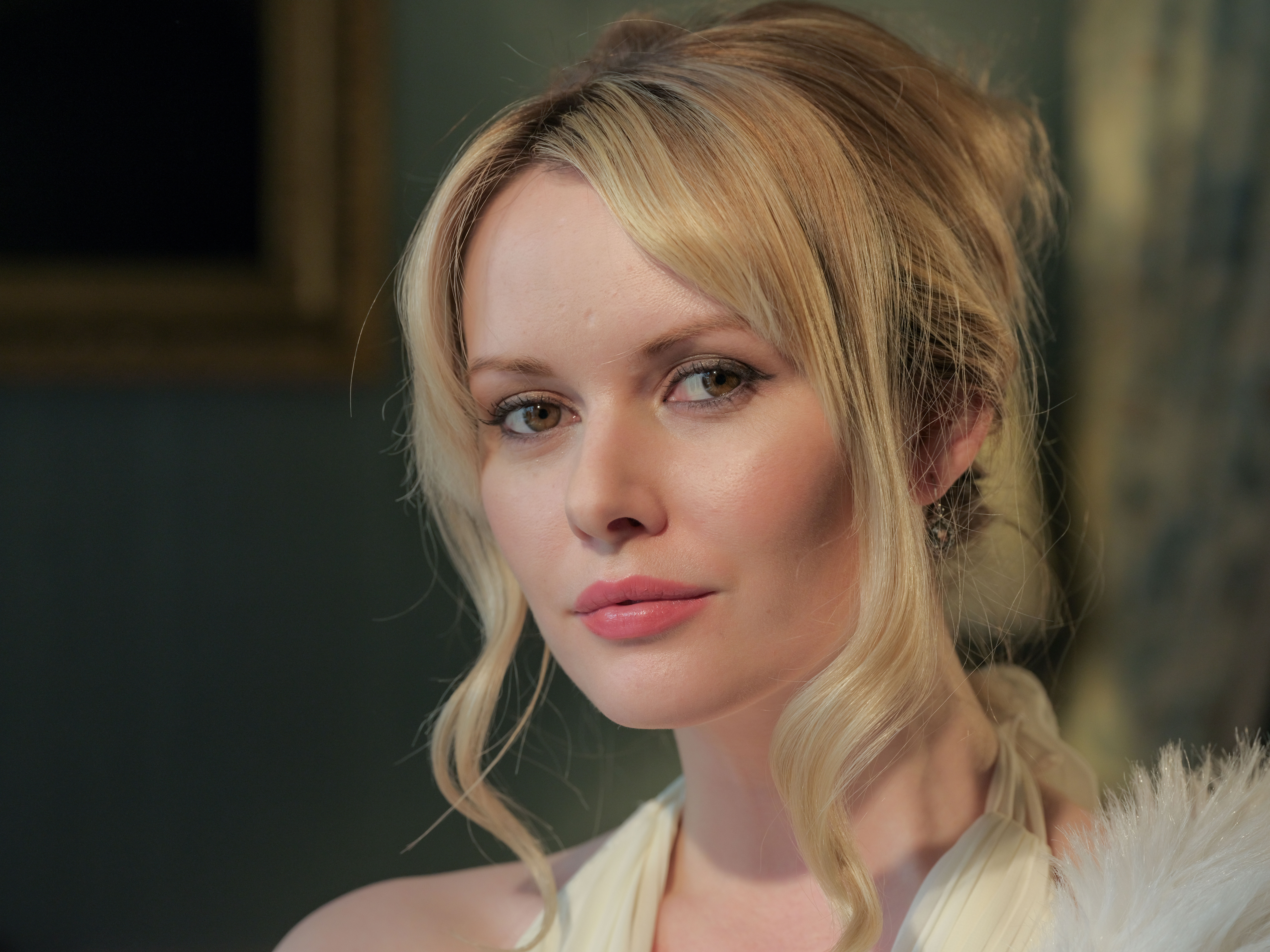
The dynamic range results were only average in the lab, but it was a different story in real-world use. To keep the playing field level, we don’t use in-camera dynamic range enhancement options in the lab tests, but we did use Fujifilm’s Dynamic Range expansion mode in the field, and this adds substantially to the tonal range it can capture. In Lightroom or Adobe Camera Raw, the camera’s Raw files reveal substantial reserves of shadow and highlight detail.
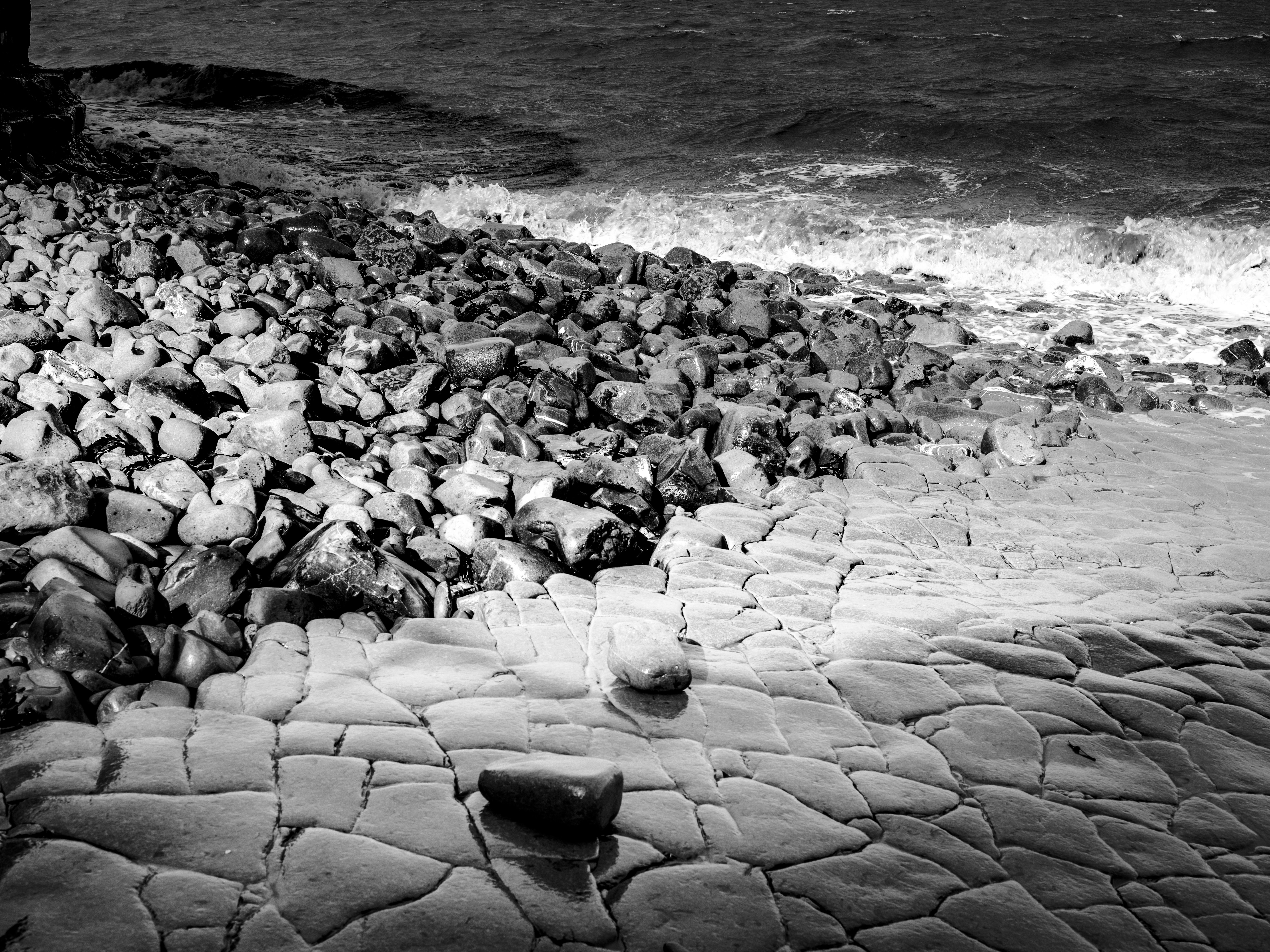
It would take a long time to test the Fujifilm GFX 50S in every possible set of conditions, but our time with it reveals a camera that delivers superb image quality and handles brilliantly. It might not have the responsiveness of a smaller-format camera, but that’s both a by-product of the larger sensor and an acceptable compromise in a camera that can do what this one can.
The best camera deals, reviews, product advice, and unmissable photography news, direct to your inbox!
The sister print publication to this website, Digital Camera Magazine is Britain's best-selling photography publication – and it can also be purchased outside the United Kingdom as Digital Camera World.
Digital Camera Magazine is packed with more expert advice and more inspirational images than any other title, with the sole aim of helping you become a better photographer. Every issue we also bring you a selection of great gifts which are designed to help you get more from your photography – everything from tips cards and cheat sheets to free software and bookazines.
In addition to inspirational images, interviews, projects, mini tests and tutorials, each issue is packed with news, reviews and comparisons, as well as photographer vs photographer shootouts and head-to-head challenges using the best photo editing software.
The magazine is captained by Editor Niall Hampton.
